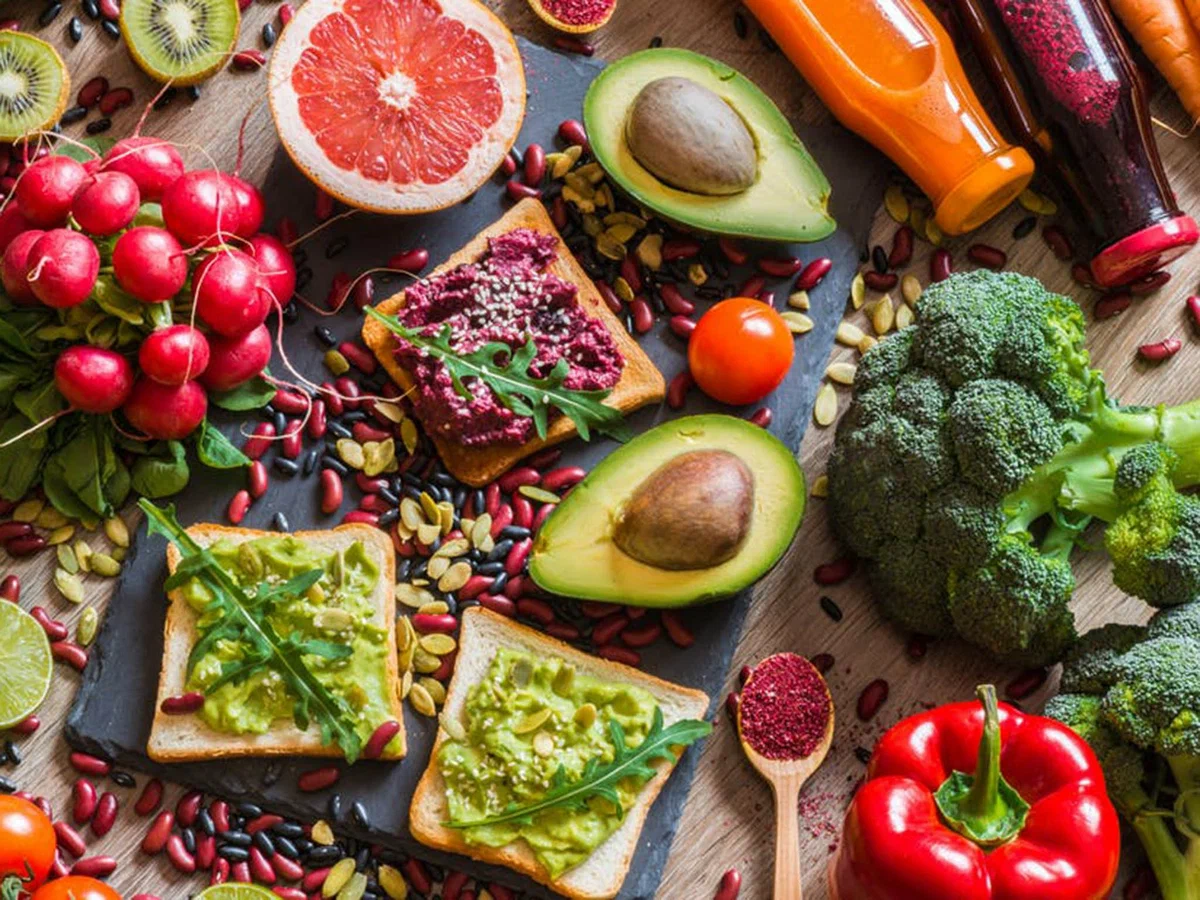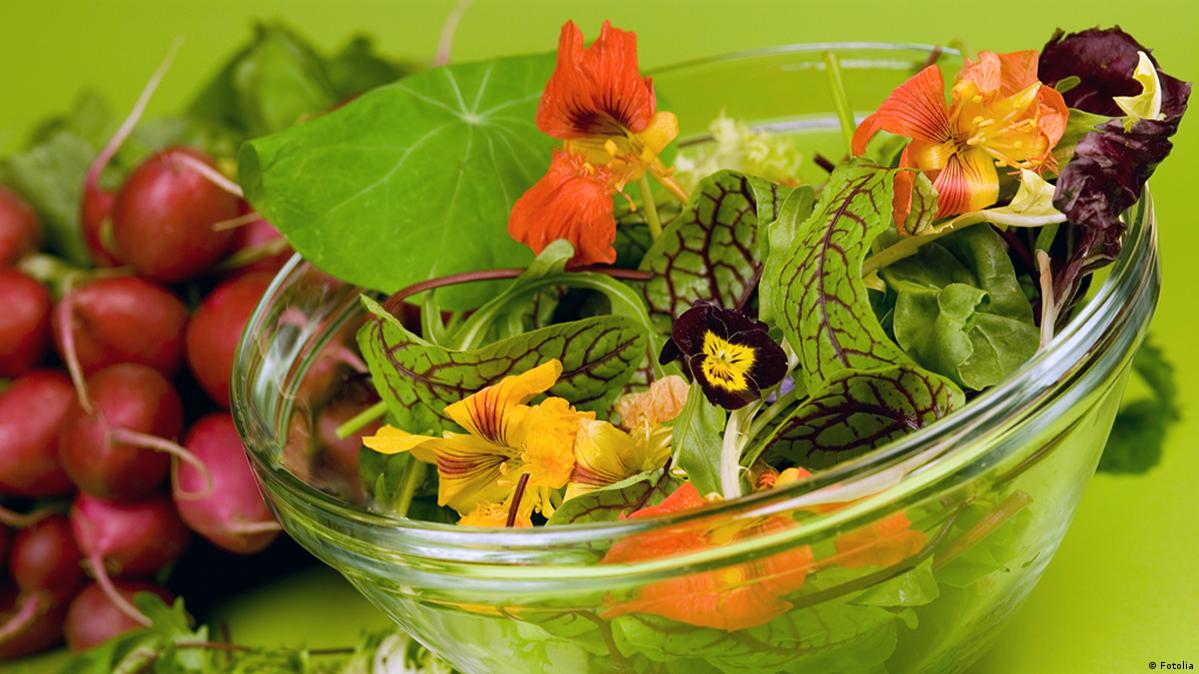Any major lifestyle changes have an impact on the body and health, and a change in diet is no exception. If you are thinking about switching to a plant-based diet or have already made such a decision, do not rush: this process should be approached responsibly and consciously.
Let’s learn more about how healthy a plant-based diet is, and how to make the transition careful and safe for the body.

Veganism: good or bad
A vegan diet involves the complete absence of products of animal origin, including dairy products, which are permissible in some types of vegetarianism. There is no unequivocal answer to the question whether it is good or bad to be a vegan. On the one hand, such a diet consists of more vegetables, and this is good. The world’s leading organizations that develop nutrition recommendations – WHO, NHS, USDA – recommend that all adults consume 400 g of fresh vegetables and fruits daily.
At the same time, due to the lack of animal fats, proteins, vitamins and minerals found in dairy products, meat and fish in the diet, vegans may have nutritional deficiencies that are difficult to supplement with plant-based products.
For example, the deficiency of fats is especially dangerous for women, since their sufficient amount is necessary for the proper functioning of the reproductive system. Vegans are often deficient in calcium, which can lead to decreased bone density and mass and an increased risk of fractures. From this point of view, a healthier dietary option is pescetarianism, which allows the consumption of dairy products and fish. But vegans also have the opportunity to eat a balanced diet, you just need to pay more attention and time to the composition of the diet in order to correctly combine all the ingredients.
Plate method
To make it easier to navigate how to make one meal correctly, especially at first, you can use the plate method. It is suitable for planning main meals: breakfast, lunch or dinner. Each time, imagine it in the form of a plate, which should look like this: half of the plate – vegetables, fruits, berries and greens (in appropriate combinations, of course), a quarter – whole grain products (ie, cereals), and another quarter – plant sources of protein .
Vegetable products contain less protein than animal products, but it is still there – you need to get protein by eating tofu, peas, chickpeas, lentils and other legumes. Nuts and seeds also contain small amounts of protein. Bean and soy products should be preferred in the protein part of the plate. The main goal is for the body to receive all the essential amino acids contained in proteins.

Whole grains also contain protein, but they are mainly sources of slow carbohydrates and fiber. In addition, with the help of cereals, you can diversify your diet: pay attention to brown rice, quinoa, spelled, bulgur, green buckwheat.
It is important not to forget about fats, adding a sufficient amount of them to food (2 teaspoons or 1 tablespoon per meal). First, these are not dehydrated oils – olive, hemp, rapeseed, etc. Secondly, an additional source of fats is nuts and seeds. Give preference to unsaturated fats and eat a balanced diet.
In any diet, it is important to follow the principle of diversity: to eat not just vegetables, cereals and legumes, but to alternate their different types throughout the day and week. This is necessary so that the body receives all the nutrients every day. Why, it is better if your dishes consist of many different ingredients. Bowls, for example, which are now popular, are prepared according to this principle.
Vegetables, fruits, tofu hummus, salad
Here are some examples of a balanced meal made using the plate method:
- Vegetable salad and brown rice with beans.
- Buckwheat noodles with tofu and vegetables + apple.
- Hummus, whole grain bread and vegetable sticks.
In addition to the nutrients (substances that make up food and that the body uses to work and function) from food, vegans can use additional vitamins. But each portion of vitamins must be prescribed by a doctor, based on the results of analyzes of their content in the blood. Self-prescribing vitamins and dietary supplements and their dosage is at least useless, at most – dangerous, since you can get hypervitaminosis (excess of vitamins), which can also lead to acute symptoms. In general, a lack of calcium, iron, vitamin B12, vitamin D is typical for vegans.
